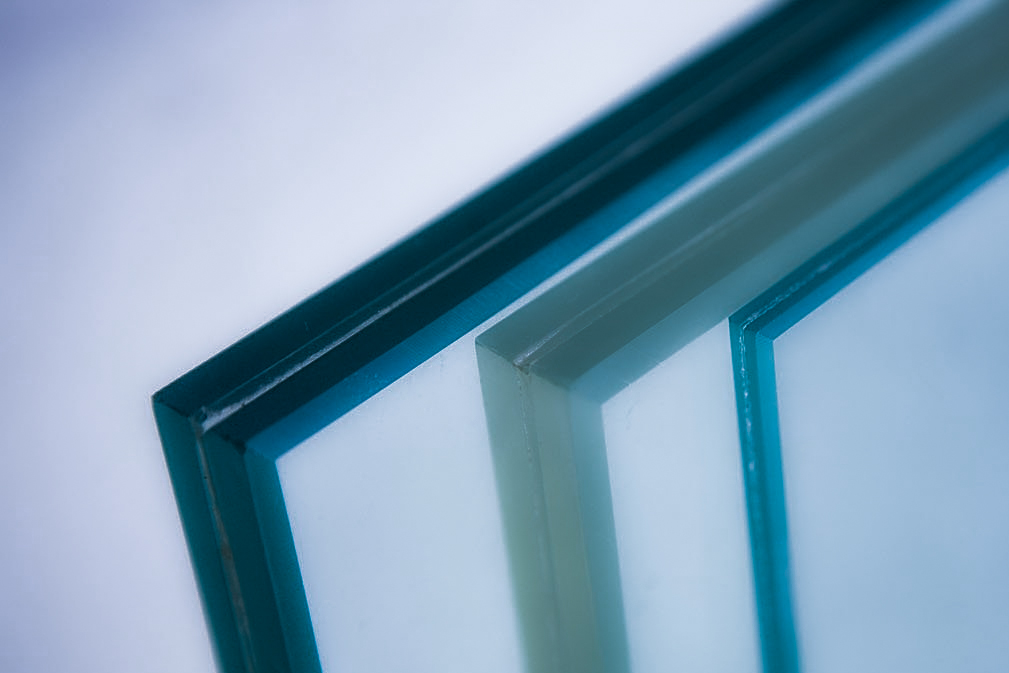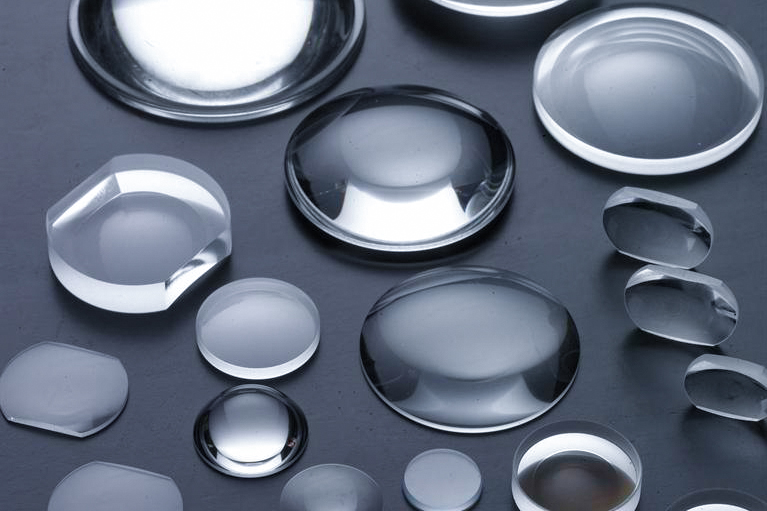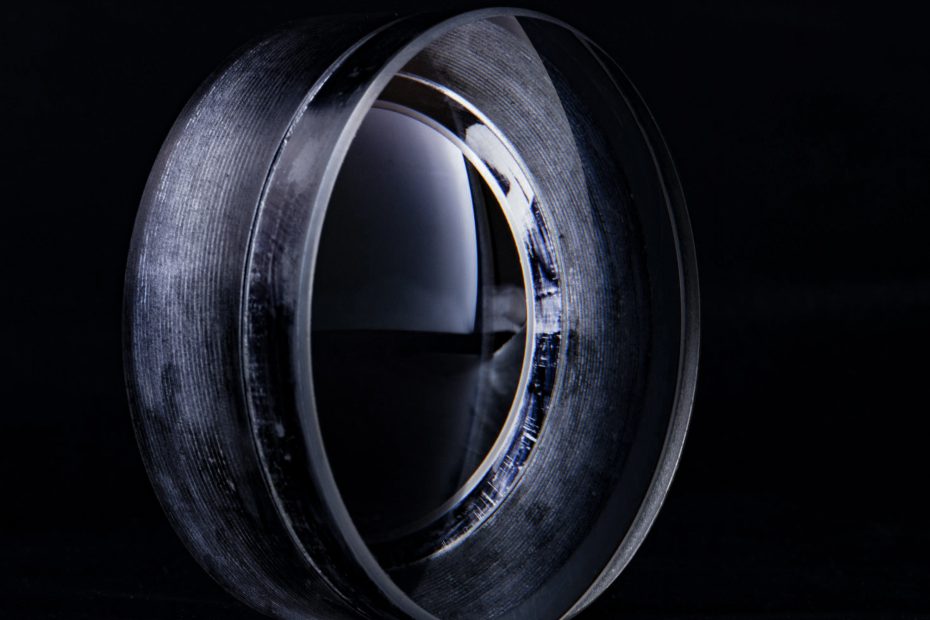What is glass?
Glass is an amorphous inorganic non-metallic material, generally made of various inorganic minerals (such as quartz sand, borax, boric acid, barite, barium carbonate, limestone, feldspar, soda ash, etc.).

Its main components are silicon dioxide and other oxides. The chemical composition of ordinary glass is Na2SiO3, CaSiO3, SiO2 or Na2O·CaO·6SiO2, etc. The main component is silicate double salt, which is an amorphous solid with an irregular structure.
What is Optical Glass?
Optical glass: glass that can change the direction of light propagation and change the relative spectral distribution of ultraviolet, visible, or infrared light.
Optical glass in the narrow sense refers to colorless optical glass; optical glass in the broad sense also includes colored optical glass, laser glass, quartz optical glass, anti-radiation glass, ultraviolet and infrared optical glass, fiber optic glass, acousto-optic glass, magneto-optical glass, and photochromic Glass.
Optical glass can be used to manufacture lenses, prisms, mirrors, and windows in optical instruments. Components made of optical glass are key elements in optical instruments.
Optical glass is the foundation and an important part of the optoelectronic technology industry.

Especially after the 1990s, with the continuous integration of optics, electronic information science, and new material science, the application of optical glass as the basic material of optoelectronics in the three major fields of optical transmission, optical storage, and optoelectronic display has advanced by leaps and bounds. Social informatization is especially one of the basic conditions for the development of optoelectronic information technology.
The difference between optical glass and ordinary glass:
1. The refractive index ND is different, and the uniformity is not good. Optical glass has high transmittance and uniform transmission. And ordinary glass through uneven and low. After zooming in, you can feel that the transmittance of each point of the glass is uneven, and the light is deformed. There will be serious data and contour data deviation and error when collecting images.
2. Most of ordinary glass is produced by recycling and reprocessing optical glass. After remelting, it becomes ordinary glass. Such glass will be easily scratched and its bearing capacity will be greatly weakened. Flatness is not good. Optical cold processing cannot be performed.
3. The color of the glass will be uneven, and serious color distortion will occur.
